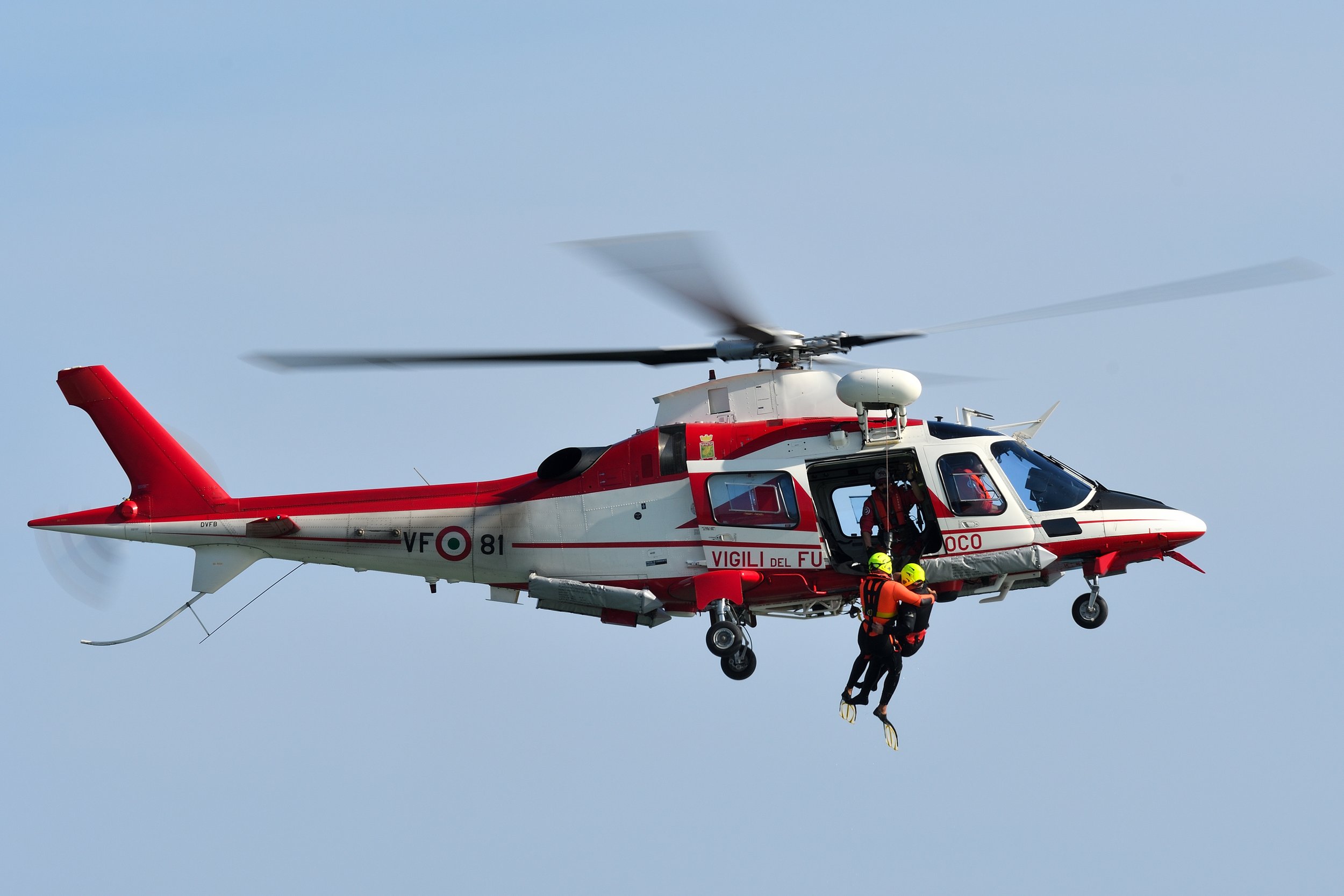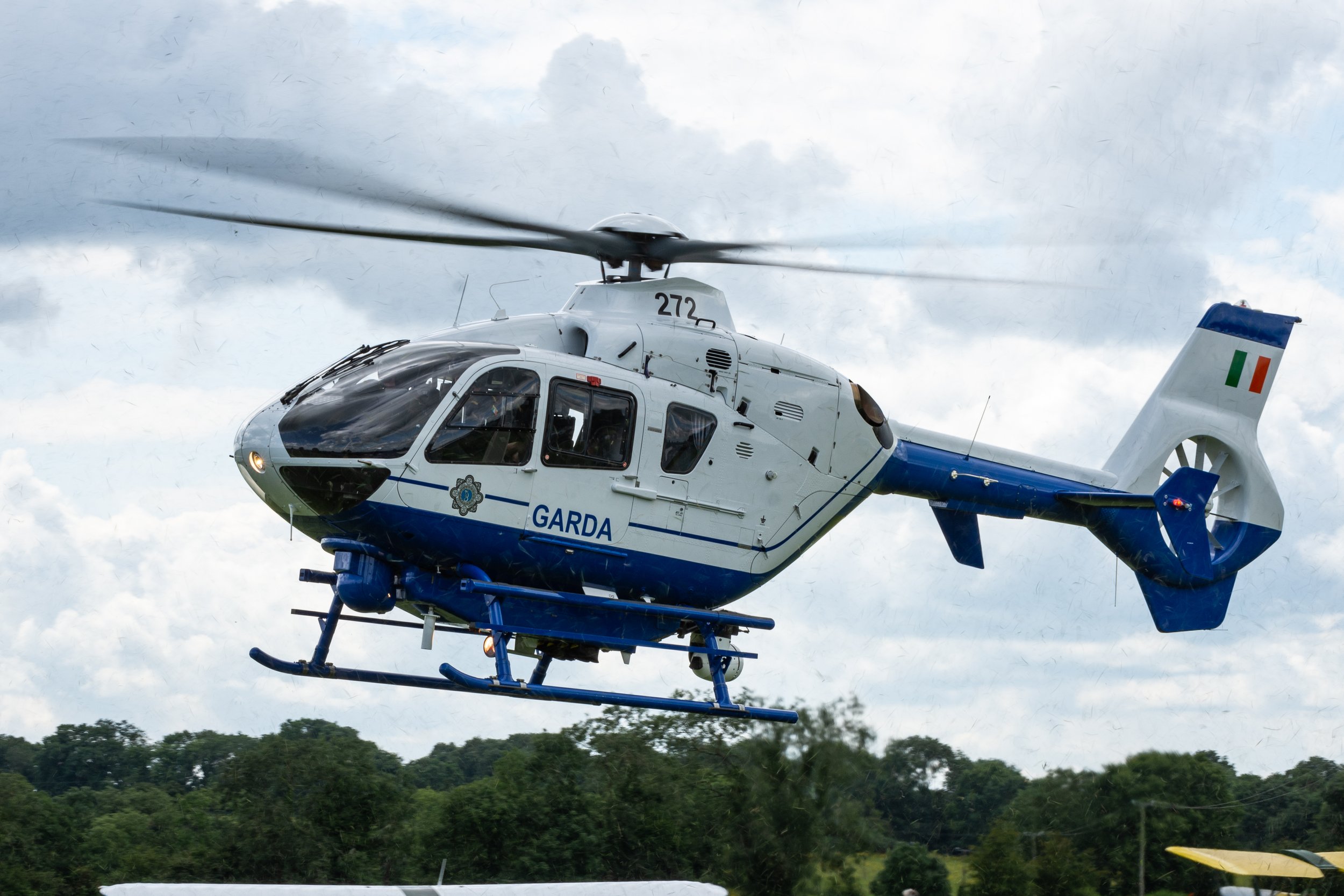Rostvertol Mi-26
Country
Russia
Aircraft
Mil Mi-26
Base
Rostov-na-Donu Tsentralny Air Base
Mil Mi-26 Halo
The Mil Mi-26 (Russian: Миль Ми-26, NATO reporting name: Halo) is a Soviet/Russian heavy transport helicopter. Its product code is izdeliye 90. Operated by both military and civilian operators, it is the largest and most powerful helicopter to have gone into serial production.
Following the incomplete development of the heavier Mil Mi-12 (prototypes known as Mil V-12) in the early 1970s, work began on a new heavy-lift helicopter, designated as the Izdeliye 90 ("Project 90") and later allocated designation Mi-26. The new design was required to have an empty weight less than half its maximum takeoff weight. The helicopter was designed by Marat Tishchenko, protégé of Mikhail Mil, founder of the OKB-329 design bureau.
The Mi-26 was designed to replace earlier Mi-6 and Mi-12 heavy-lift helicopters and act as a heavy-lift helicopter for military and civil use, having twice the cabin space and payload of the Mi-6, then the world's largest and fastest production helicopter. The primary purpose of the Mi-26 was to transport military equipment such as 13-tonne (29,000 lb) amphibious armoured personnel carriers and mobile ballistic missiles to remote locations after delivery by military transport aircraft such as the Antonov An-22 or Ilyushin Il-76.
The first Mi-26 flew on 14 December 1977 and the first production aircraft was rolled out on 4 October 1980. Development was completed in 1983 and by 1985, the Mi-26 was in Soviet military and commercial service.
The Mi-26 was the first factory-equipped helicopter with a single, eight-blade main lift rotor. It is capable of flight in the event of power loss by one engine (depending on aircraft mission weight) because of an engine load sharing system. While its empty weight is only slightly higher than the Mi-6's, the Mi-26 has a payload of up to 20 tonnes (44,000 lb). It is the second-largest and heaviest helicopter ever constructed, after the experimental Mil V-12. The tail rotor has about the same diameter and thrust as the four-bladed main rotor fitted to the MD Helicopters MD 500.
The Mi-26's unique main gearbox is relatively light at 3,639 kg (8,023 lb) but can absorb 14,700 kilowatts (19,725 shp), which was accomplished using a non-planetary, split-torque design with quill shafts for torque equalization. The Mil Design Bureau designed the VR-26 transmission itself, due to Mil's normal gearbox supplier not being able to design such a gearbox. The gearbox housing is stamped aluminium. A split-torque design is also used in the 5,670 kg (12,500 lb) gearbox assembly on the American three-engine Sikorsky CH-53K King Stallion.
As of 2016, the Mi-26 still holds the Fédération Aéronautique Internationale world record for the greatest mass lifted by a helicopter to 2,000 metres (6,562 ft) – 56,768.8 kilograms (125,000 lb) on a flight in 1982.
In July 2010 a proposed Russian-Chinese development of a 33-ton heavy-lift helicopter was announced. In early 2019, Russia's state corporation Rostec inked a landmark agreement on developing a 40-ton next-generation heavy helicopter.
Rostvertol, the Russian helicopter manufacturer, was contracted to refurbish and upgrade the entire fleet of Mi-26s serving in the Russian Air Force, estimated to be around 20 helicopters. The upgraded aircraft is comparable to a new variant, the Mi-26T. Contract completion was planned for 2015. The contract also covered the production of 22 new Mi-26T helicopters. Eight new-built helicopters were delivered to operational units by January 2012. Under the 2010 contract, 17 new-production helicopters were delivered by 2014. In all, Rostvertol delivered fourteen Mi-26s to domestic and foreign customers in the period 2012‑14 and six helicopters in 2015. Deliveries to the Russian Air Force were continued in 2016, 2017 and 2019.
In 2016, Russia started the development of PD-12V a variant of the Aviadvigatel PD-14 turbofan engine to power the Mi-26.
| Back to Top |








| Back to Top |

































